
Pasto: The Heart of Culture and Nature in Colombia
Discover Pasto: A vibrant city in Colombia known for its rich cultural heritage, stunning landscapes, and the exuberant Black and White Carnival celebration.
Nestled in the southwestern part of Colombia, Pasto is a city that radiates charm and historical significance. Known for its friendly locals and vibrant traditions, this destination offers an authentic Colombian experience that is both rich and diverse. The city’s backdrop is framed by the majestic Galeras Volcano, providing a stunning natural landscape that is perfect for outdoor enthusiasts and nature lovers alike. Pasto is famous for its annual Black and White Carnival, a UNESCO-recognized event that draws visitors from all over the world. This colorful celebration, held every January, showcases the city's deep-rooted cultural heritage with parades, music, and dance. The streets come alive with the joyful spirit of the community, making it an unforgettable experience for any visitor. Beyond its festivities, Pasto offers intriguing historical sites such as the La Catedral de Pasto and the Templo de San Juan Bautista. The city’s museums and galleries, like the Museo del Carnaval, provide insight into the local history and artistic expression. For those who enjoy exploring nature, the nearby Laguna de La Cocha, a stunning glacial lake surrounded by lush greenery, offers a peaceful retreat and opportunities for boating and hiking. Whether you're looking to immerse yourself in local culture, explore historical landmarks, or enjoy the scenic beauty of the Andean region, Pasto has something to offer for every type of traveler.
Local tips in Pasto
- Visit during early January to experience the Black and White Carnival.
- Take a day trip to Laguna de La Cocha for serene natural beauty.
- Explore local markets for unique handicrafts and traditional foods.
- Wear comfortable walking shoes as the city has many hills and cobblestone streets.
- Try the traditional dish 'cuy' (guinea pig) for a taste of local cuisine.
- Stay informed about the Galeras Volcano activity for safety.
Pasto: The Heart of Culture and Nature in Colombia
Nestled in the southwestern part of Colombia, Pasto is a city that radiates charm and historical significance. Known for its friendly locals and vibrant traditions, this destination offers an authentic Colombian experience that is both rich and diverse. The city’s backdrop is framed by the majestic Galeras Volcano, providing a stunning natural landscape that is perfect for outdoor enthusiasts and nature lovers alike. Pasto is famous for its annual Black and White Carnival, a UNESCO-recognized event that draws visitors from all over the world. This colorful celebration, held every January, showcases the city's deep-rooted cultural heritage with parades, music, and dance. The streets come alive with the joyful spirit of the community, making it an unforgettable experience for any visitor. Beyond its festivities, Pasto offers intriguing historical sites such as the La Catedral de Pasto and the Templo de San Juan Bautista. The city’s museums and galleries, like the Museo del Carnaval, provide insight into the local history and artistic expression. For those who enjoy exploring nature, the nearby Laguna de La Cocha, a stunning glacial lake surrounded by lush greenery, offers a peaceful retreat and opportunities for boating and hiking. Whether you're looking to immerse yourself in local culture, explore historical landmarks, or enjoy the scenic beauty of the Andean region, Pasto has something to offer for every type of traveler.
When is the best time to go to Pasto?
Iconic landmarks you can’t miss
Plaza de Nariño
Discover Plaza de Nariño, Pasto's vibrant cultural hub, filled with lush gardens, local crafts, and a lively atmosphere perfect for tourists.
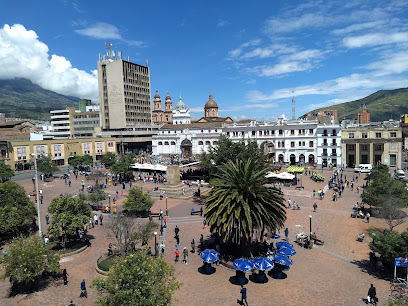
Plaza del Carnaval
Immerse yourself in the vibrant culture of Pasto at Plaza del Carnaval, a lively state park celebrating local traditions and festivities.
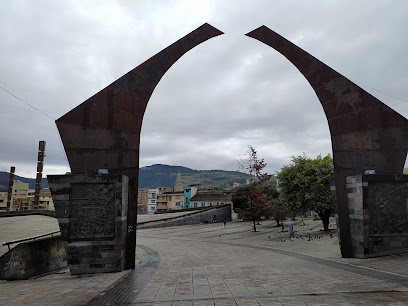
Santiago Park
Discover the beauty and tranquility of Santiago Park in Pasto, a serene escape with lush gardens and a charming church.
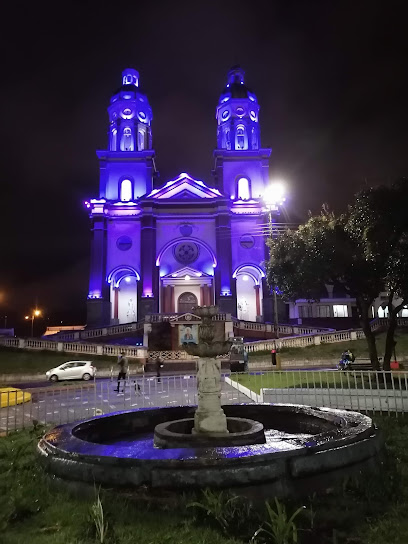
Santuario de Flora Isla de La Corota
Explore the breathtaking biodiversity of Santuario de Flora Isla de La Corota, a stunning national park in Colombia's Nariño region, perfect for nature lovers and adventurers.
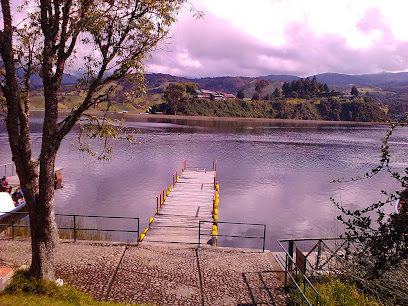
Museo Taminango
Explore the artistic heritage and cultural depth of Nariño at Museo Taminango, a must-visit art museum in Pasto.
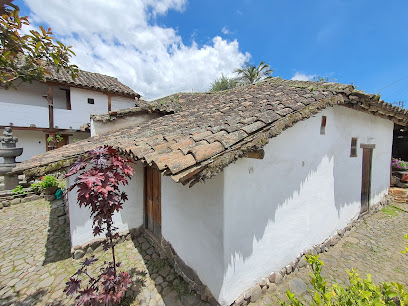
Chapalito Park
Experience the lush tranquility of Chapalito Park in Pasto, Colombia—a perfect blend of nature and culture for every traveler.
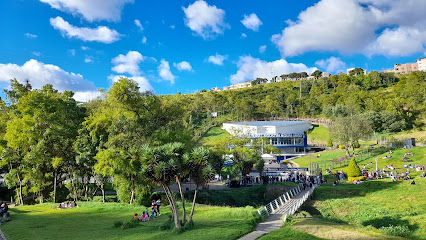
Pandiaco cultural center The Carnaval Museum
Explore the Pandiaco Cultural Center: The Carnaval Museum, a vibrant showcase of Pasto's rich cultural heritage and artistic expressions.
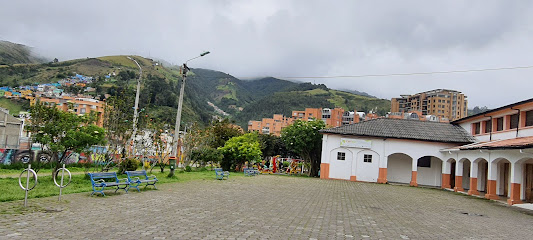
Catedral Pasto
Explore the breathtaking Catedral Pasto, a stunning architectural gem in Colombia, rich in history and spirituality, offering a tranquil escape for all visitors.
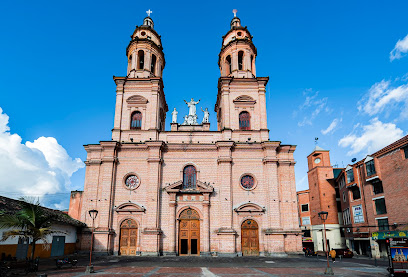
Museo del Oro
Discover Colombia's rich gold history at Museo del Oro in Pasto, a treasure trove of archaeological wonders and cultural heritage.
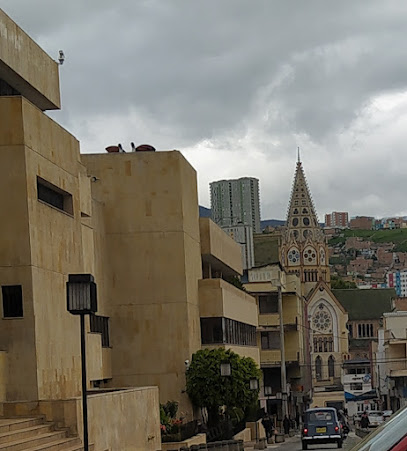
La Pastusidad
Explore the breathtaking landscapes and rich biodiversity of La Pastusidad, a national park paradise in Nariño, Colombia, perfect for nature lovers.
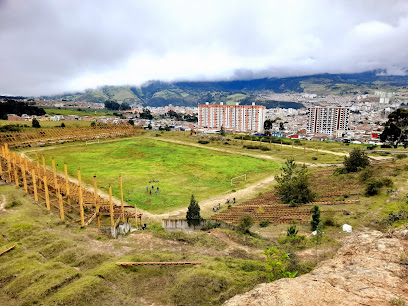
Fuente de la Transparencia - Pasto
Discover the beauty and significance of Fuente de la Transparencia, a stunning fountain symbolizing Pasto's culture amidst lush gardens and vibrant community life.

Monumento Homenaje Al Trabajo
Discover the Monumento Homenaje Al Trabajo in Pasto, an open-air museum celebrating labor and culture through stunning sculptures and rich local heritage.
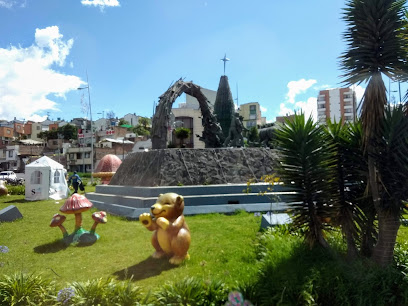
el colorado
Explore the cultural heritage of Nariño at El Colorado Museum in Pasto, where history and art come alive in captivating exhibits.
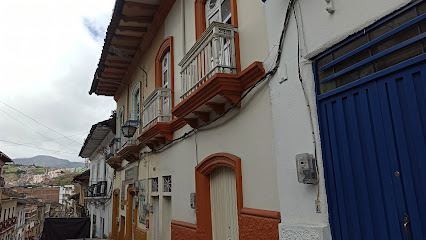
Capilla San Antonio de Padua (Juanoy)
Explore the serene Capilla San Antonio de Padua in Pasto, a unique museum chapel showcasing the rich cultural heritage of Nariño.

Monumento. Sa Juan de Pasto
Discover the Monumento in Sa Juan de Pasto: A cultural landmark that embodies the rich history and vibrant spirit of Nariño, Colombia.
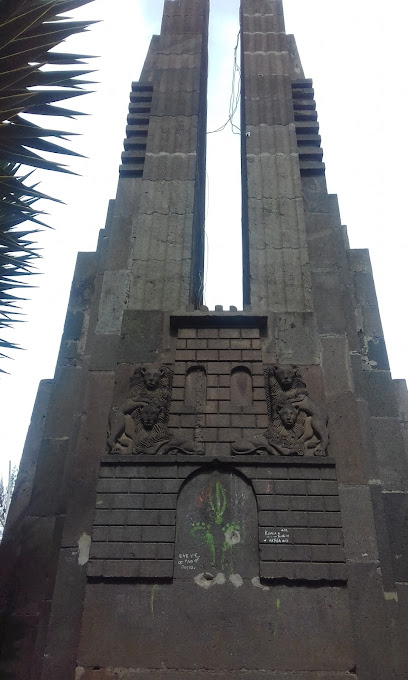
Unmissable attractions to see
Parque del Perro
Explore Parque del Perro, a vibrant urban park in Cali, Colombia, perfect for relaxation, cultural experiences, and family fun amidst lush greenery.
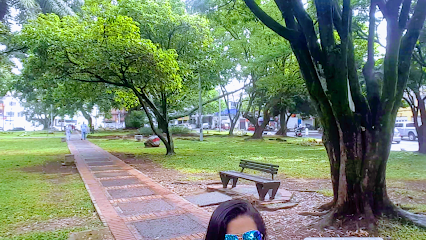
Plaza de Nariño
Discover the vibrant culture and lush landscapes of Plaza de Nariño, the heart of Pasto, Colombia, where tradition meets community.
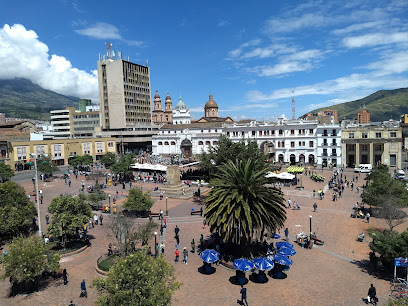
Maloka Museo Interactivo
Experience the magic of science at Maloka Museo Interactivo, the top interactive science museum in Bogotá, designed for curious minds of all ages.
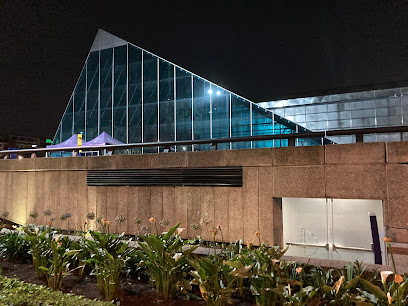
Santuario de Nuestra Señora del Rosario de Las Lajas
Explore the breathtaking Santuario de Nuestra Señora del Rosario de Las Lajas, a stunning blend of faith and architecture in Colombia's scenic Nariño region.
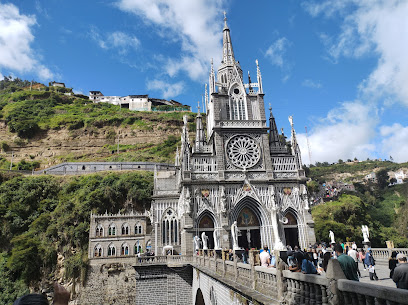
Plaza del Carnaval
Experience the vibrant culture and natural beauty at Plaza del Carnaval in Pasto, Colombia, a hub of festivities and community spirit.

Santiago Park
Explore Santiago Park in Pasto, Colombia – a serene retreat blending nature and culture with a charming church and vibrant local atmosphere.

Eco Park Lake Las Garzas
Explore Eco Park Lake Las Garzas in Cali, a serene nature preserve featuring lush landscapes, diverse wildlife, and picturesque lake views perfect for relaxation.
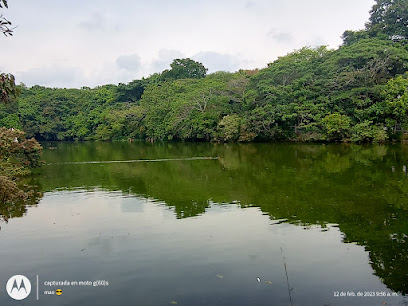
Santuario de Flora Isla de La Corota
Explore the lush biodiversity and scenic trails of Santuario de Flora Isla de La Corota, a national park gem in Colombia's Narino region.
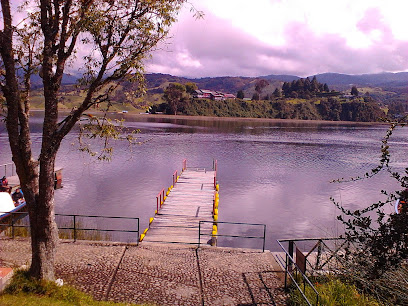
Museo Taminango
Explore the vibrant art and cultural heritage at Museo Taminango in Pasto, Colombia, showcasing local crafts and contemporary artistry.
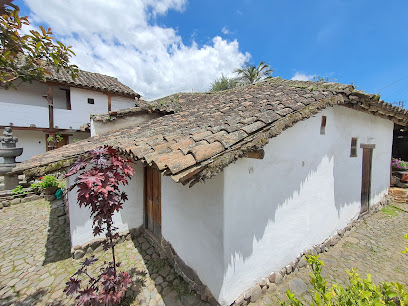
Chapalito Park
Discover the serene beauty of Chapalito Park in Pasto, a perfect blend of nature, recreation, and local culture.
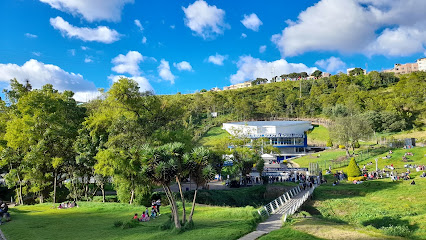
Laguna de la Cocha
Discover the tranquility and beauty of Laguna de la Cocha, a stunning lake in Narino, Colombia, perfect for nature lovers and cultural explorers alike.
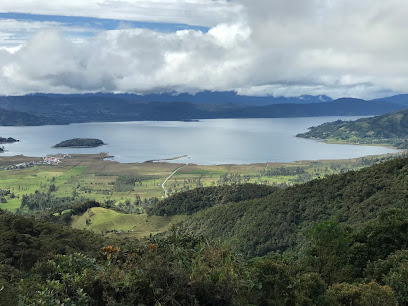
Pandiaco cultural center The Carnaval Museum
Explore the Pandiaco Cultural Center, home to the Carnaval Museum, and experience the vibrant cultural traditions of Pasto in a captivating setting.
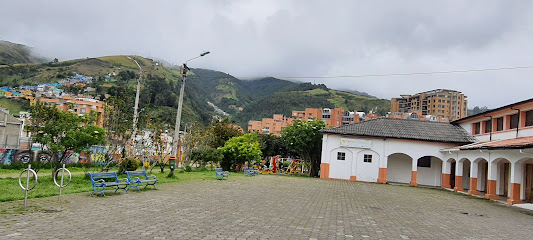
Museo del Oro
Explore Colombia's rich history and vibrant culture at Museo del Oro in Pasto, home to extraordinary gold artifacts and indigenous treasures.
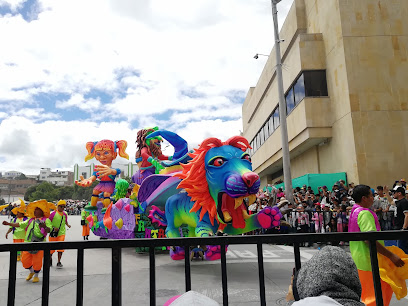
El Encano, Nariño
Experience the breathtaking beauty of El Encano in Nariño, where nature and culture create unforgettable memories in Colombia's scenic landscapes.
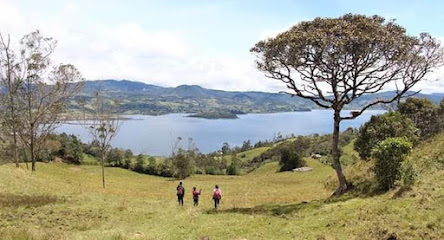
Bolivar Park Tuquerres
Experience tranquility in Bolivar Park, a lush city park in Tuquerres, Nariño, perfect for relaxation and cultural immersion.
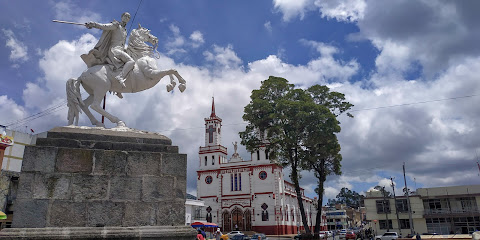
Essential places to dine
Restaurante La Merced
Experience authentic Colombian cuisine at Restaurante La Merced in Pasto - where delicious steaks meet warm hospitality.
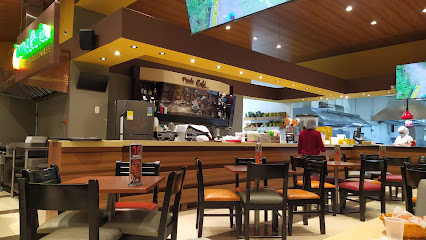
Capitán Nirvana
Experience the best of Colombian cuisine at Capitán Nirvana in Pasto – where grilled perfection meets local flavor.
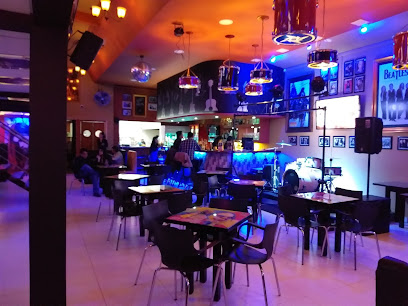
Figo
Experience culinary excellence at Figo in Pasto – where local flavors meet global inspiration in an inviting atmosphere.
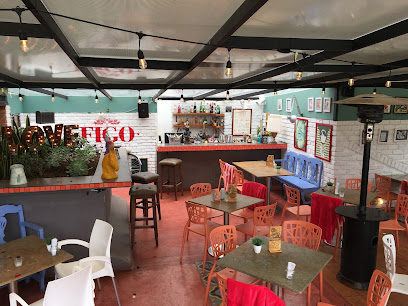
Restaurante La Española
Experience authentic Colombian cuisine at Restaurante La Española in Pasto - where every meal tells a story of tradition and flavor.
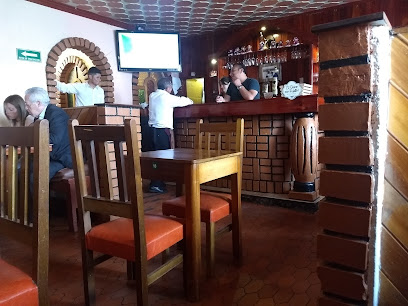
Restaurante La Merced Av. Boyacá
Experience the authentic flavors of Colombia at Restaurante La Merced in Pasto – where tradition meets taste.

Restaurante Pueblito Viejo
Discover exquisite steak cuisine at Restaurante Pueblito Viejo in Pasto, Colombia—where culinary tradition meets modern flair.
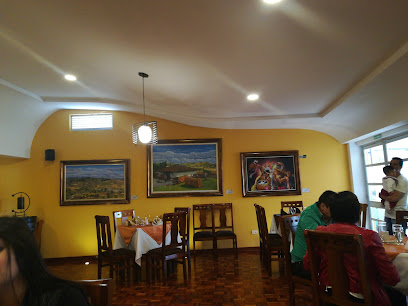
La Tabla parrilla y restaurante
Discover the essence of Colombian cuisine at La Tabla Parrilla y Restaurante in Pasto – where every dish tells a story.
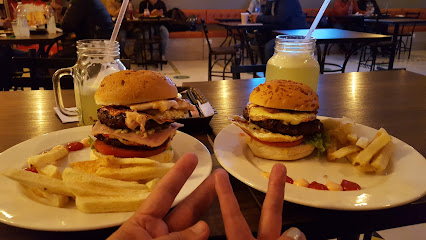
Comic House Pasto - Food and Drinks
Experience the vibrant culinary scene at Comic House Pasto – where delicious food meets comic-inspired ambiance in the heart of Nariño.
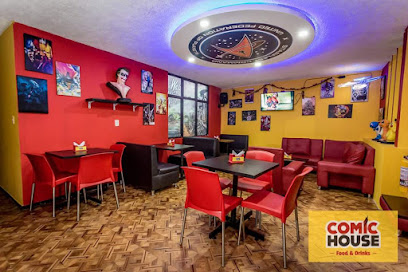
Diyon Crepes
Discover Diyon Crepes in Pasto - A delightful fusion of traditional and innovative crepe creations awaits you!
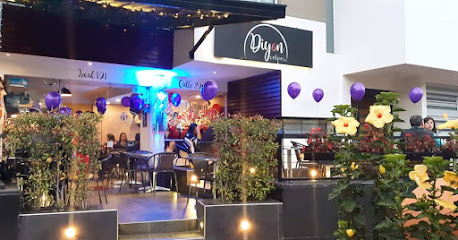
Restaurante Mi Pasto Lindo
Discover authentic Colombian cuisine at Restaurante Mi Pasto Lindo in Pasto—where every dish tells a story and every sip brings joy.

Restaurante Sausalito
Experience the exquisite flavors of steak and sushi at Restaurante Sausalito in Pasto, Colombia – where culinary excellence meets vibrant ambiance.

El Establo
Discover authentic Colombian cuisine at El Establo in Pasto – where every dish tells a story of tradition and flavor.
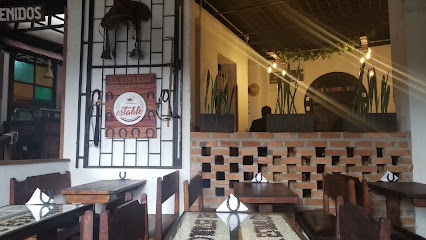
El Portón Restaurante Bar
Experience exquisite steaks and vibrant nightlife at El Portón Restaurante Bar in Pasto - where Colombian flavors come alive.
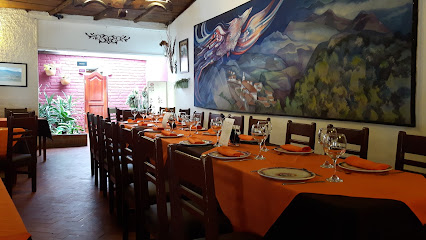
AZUL PARRILLA
Discover the essence of Colombian cuisine at Azul Parrilla - where traditional flavors meet modern dining.
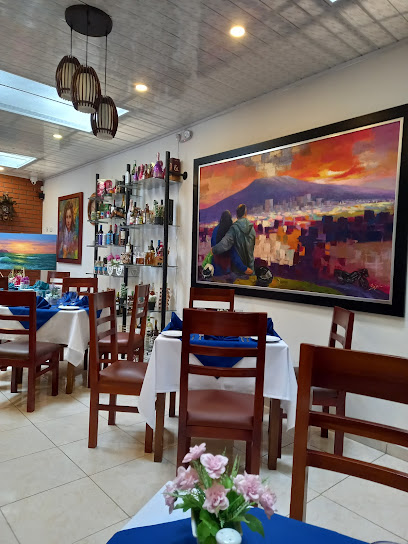
Parrilla Chipichape
Experience authentic Colombian grilling at Parrilla Chipichape - where every bite tells a story of flavor and tradition.
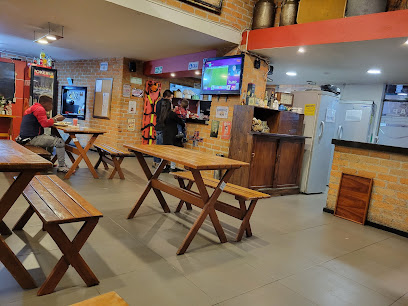
Markets, malls and hidden boutiques
Pasto Unicentro Mall
Explore Pasto Unicentro Mall, the ultimate shopping destination in Nariño with diverse stores, dining, and entertainment options for every traveler.
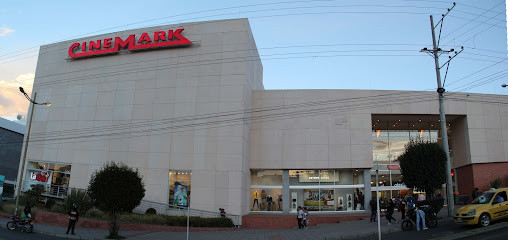
Unico Outlet Mall
Experience unbeatable shopping at Unico Outlet Mall in Pasto, Colombia, where top brands meet incredible discounts.
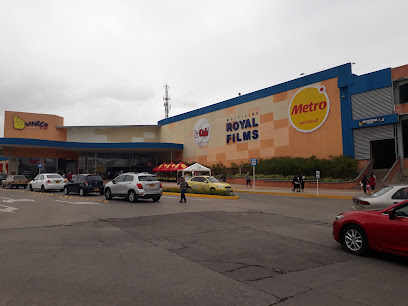
Riot Urban Shop
Explore Riot Urban Shop in Pasto for trendy clothing, unique tattoos, and vibrant vaporizers - a true reflection of urban culture.
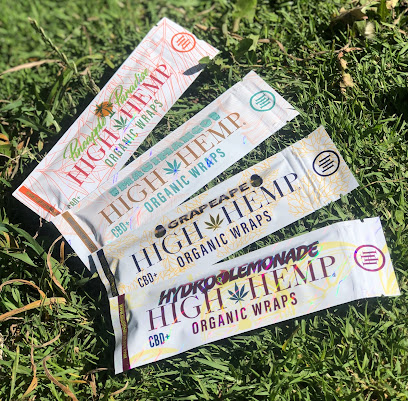
El Templo De La Ropa
Explore El Templo De La Ropa in Pasto, a vibrant clothing store blending local culture with contemporary fashion for every traveler.

BY TREND Pasto
Explore the heart of Pasto at BY TREND, a gift shop filled with unique crafts and treasures that celebrate Colombian culture.
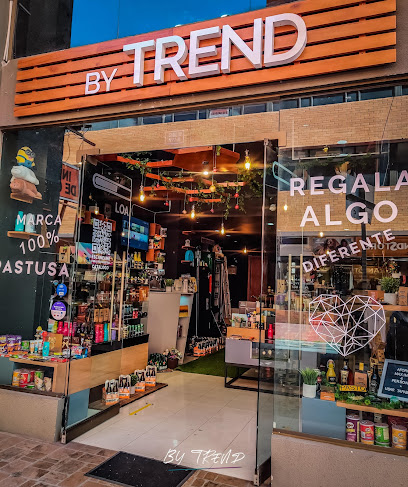
Tienda artesanal Origen
Explore Tienda Artesanal Origen in Pasto, a must-visit craft store showcasing authentic Colombian handmade goods and local artisan culture.
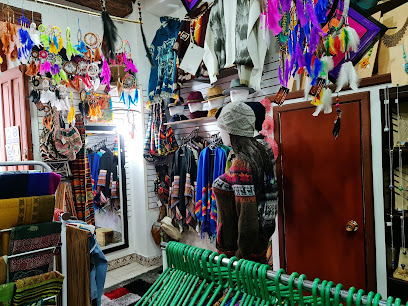
Tienda de Regalos Pasto
Explore the essence of Nariño at Tienda de Regalos, your go-to gift shop for authentic local souvenirs and unique artisanal treasures.
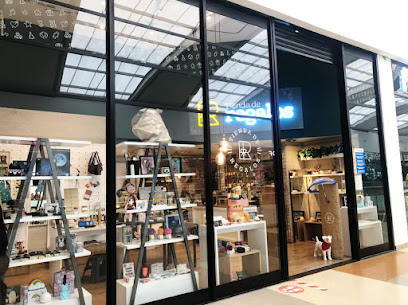
Yoi éxito panamericana
Explore the colorful world of Colombian handicrafts at Yoi Éxito Panamericana, your go-to gift shop in Pasto for unique souvenirs and local treasures.

Babagus Pasto | Tienda de Objetos Cool
Discover the charm of Pasto at Babagus Pasto, where unique gifts and local artistry come together in a delightful shopping experience.
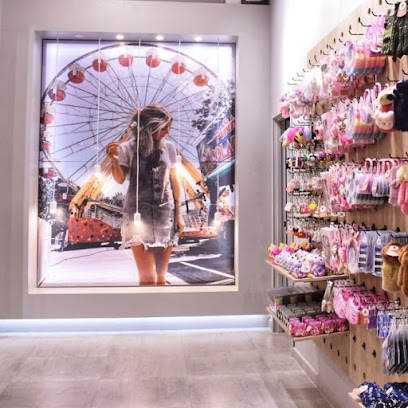
Boutique Consentida By
Discover unique women's fashion at Boutique Consentida in Pasto, where local style meets contemporary trends.

Galeras Mágico Tienda de Regalos Multimarcas
Explore Galeras Mágico, a charming gift shop in Pasto offering unique souvenirs that celebrate the rich culture of Nariño.
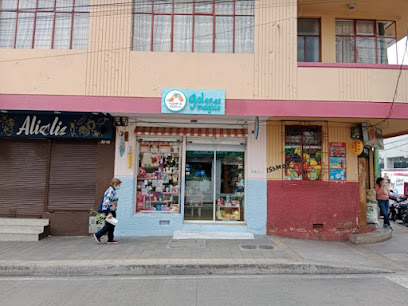
El Kioskito de Vale
Explore the vibrant youth fashion and beauty scene at El Kioskito de Vale, a must-visit destination in the heart of Pasto, Colombia.
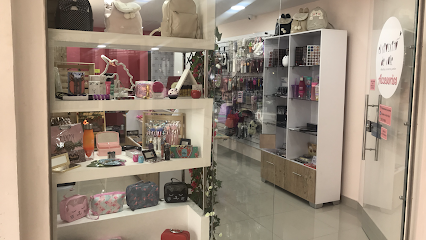
Tienda de regalos Sofia
Explore Tienda de Regalos Sofia: Your go-to gift shop in Pasto for unique Colombian souvenirs and handcrafted treasures.

Alternativos Tienda De Ropa Urbana
Explore trendy urban fashion at Alternativos Tienda De Ropa Urbana in Pasto, where style meets local culture and individuality shines.
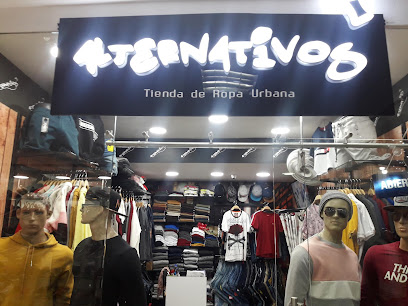
La Cositería Gift Shop
Experience the essence of Nariño through authentic crafts and unique souvenirs at La Cositería Gift Shop in Pasto.
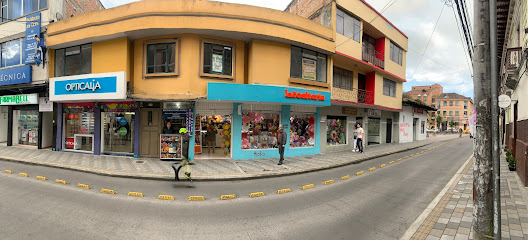
Essential bars & hidden hideouts
BLACK SHEEP PUB
Discover the lively atmosphere of Black Sheep Pub in Pasto, Colombia, where craft beers and delicious food meet vibrant nightlife.
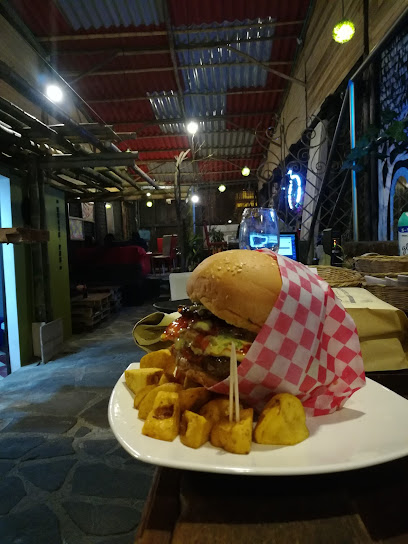
BBC- PUB PASTO
Discover BBC Pub Pasto: A lively bar offering a diverse selection of drinks and delicious bites in the heart of Colombia's vibrant nightlife.
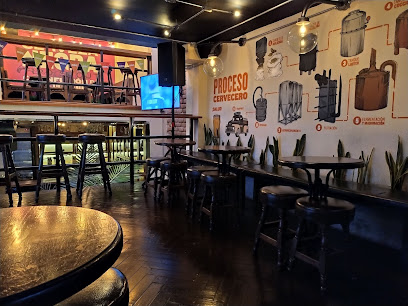
Rey Lagarto Café Bar
Discover the vibrant nightlife of Pasto at Rey Lagarto Café Bar, offering an exquisite selection of drinks and a lively atmosphere for all.
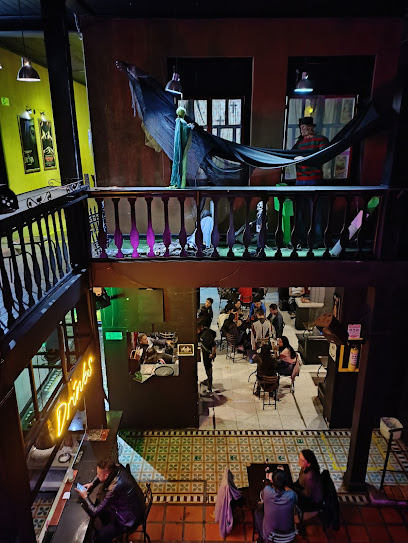
Absalon Beer & Snacks
Discover the vibrant nightlife at Absalon Beer & Snacks in Pasto, offering a wide selection of beers and delicious snacks in a lively atmosphere.
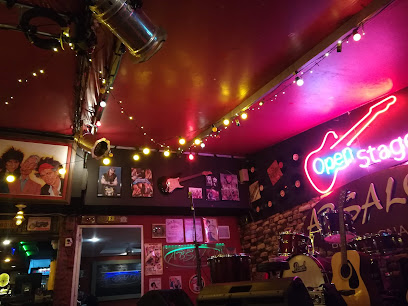
Ga-león Café bar
Discover the vibrant atmosphere of Ga-león Café Bar in Pasto, where delightful drinks and live music create unforgettable experiences.
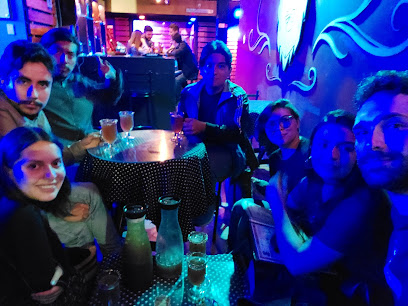
Terraza Bar La Merced
Experience vibrant nightlife and stunning views at Terraza Bar La Merced in Pasto, where cocktails and culture blend seamlessly.
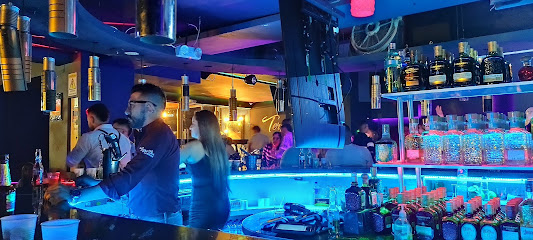
Beer Station Pasto
Experience the lively atmosphere and extensive beer selection at Beer Station Pasto, a must-visit bar in Nariño's vibrant nightlife.
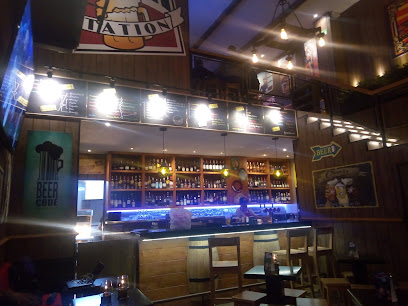
La Cata Drinks & Food
Experience the vibrant dining scene at La Cata Drinks & Food, where traditional Colombian flavors meet modern culinary delights in a lively atmosphere.
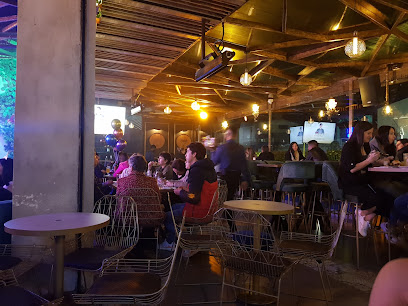
LA HOUSE LOUNGE
Discover the best grilled specialties and vibrant atmosphere at LA HOUSE LOUNGE in Pasto, perfect for food lovers seeking local culinary experiences.
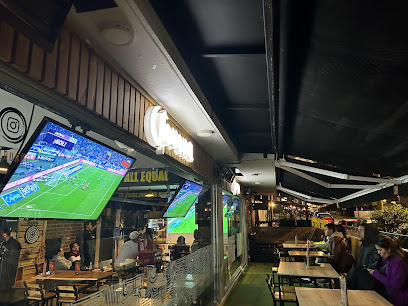
Bar Los Chavos
Experience the lively nightlife at Bar Los Chavos in Pasto, Colombia, where vibrant drinks and friendly locals create unforgettable moments.
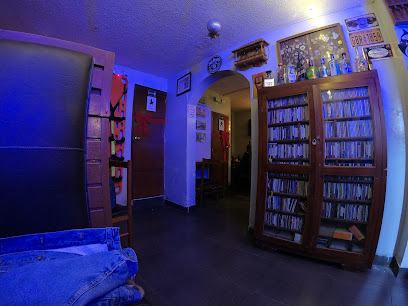
Live Karaoke Bar
Discover the vibrant nightlife at Pasto's Live Karaoke Bar, where music, laughter, and unforgettable performances await every visitor.
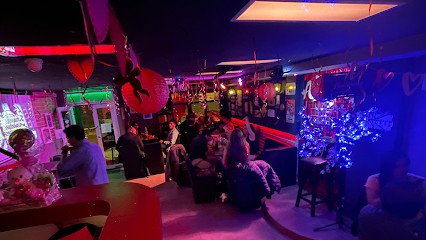
LiverPub
Experience the vibrant flavors of Pasto at LiverPub, a lively grill and bar offering delicious local and international cuisine.
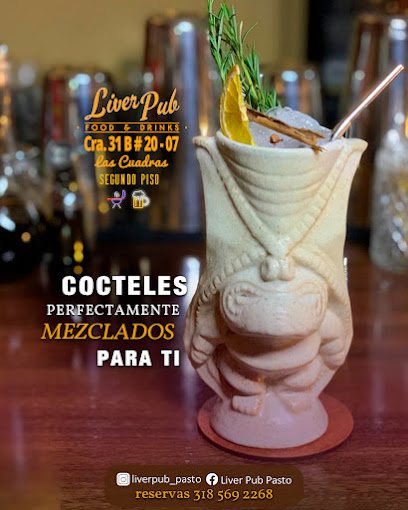
Bar Solo Recuerdos
Discover the vibrant nightlife at Bar Solo Recuerdos in Pasto, where every night is filled with music, cocktails, and unforgettable moments.
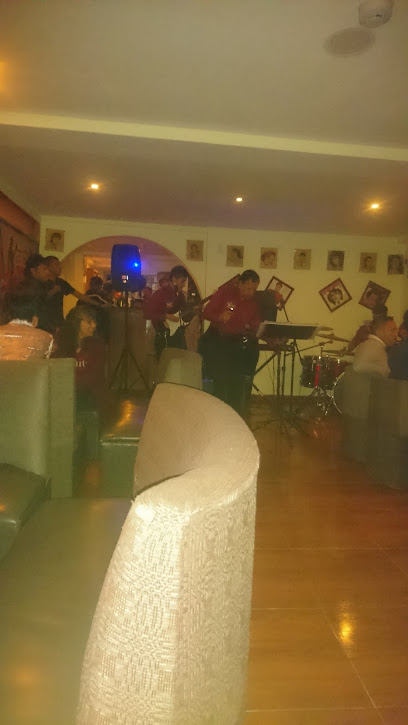
ROWLAND Pub Rock
Discover the vibrant nightlife of Pasto at ROWLAND Pub Rock, a cultural hotspot offering live music, local flavors, and a welcoming atmosphere.
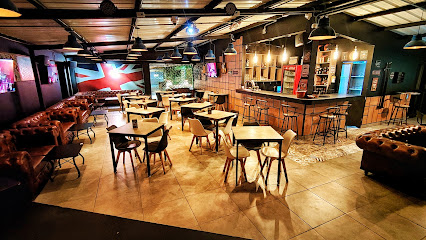
Kasa Bar
Experience the vibrant nightlife of Pasto at Kasa Bar, where locals and tourists unite over drinks and music in a lively atmosphere.

Local Phrases
-
- HelloHola
[O-la] - GoodbyeAdiós
[A-dios] - YesSí
[See] - NoNo
[No] - Please/You're welcomePor favor/De nada
[Por fa-vor/De na-da] - Thank youGracias
[Gra-cias] - Excuse me/SorryPerdón/Lo siento
[Per-don/Lo cien-to] - How are you?¿Cómo estás?
[Co-mo es-tas] - Fine. And you?Bien. ¿Y tú?
[Bie-en. Ee too] - Do you speak English?¿Hablas inglés?
[A-blas in-gles] - I don't understandNo entiendo
[No en-tien-do]
- HelloHola
-
- I'd like to see the menu, pleaseMe gustaría ver el menú, por favor
[Me gus-ta-ria ber el me-nu, por fa-vor] - I don't eat meatNo como carne
[No co-mo car-ne] - Cheers!¡Salud!
[Sa-lud] - I would like to pay, pleaseMe gustaría pagar, por favor
[Me gus-ta-ria pa-gar, por fa-vor]
- I'd like to see the menu, pleaseMe gustaría ver el menú, por favor
-
- Help!¡Ayuda!
[A-yu-da] - Go away!¡Vete!
[Ve-te] - Call the Police!¡Llama a la Policía!
[Ya-ma a la Po-li-cia] - Call a doctor!¡Llama a un doctor!
[Ya-ma a un doc-tor] - I'm lostEstoy perdido
[Es-toy per-di-do] - I'm illEstoy enfermo
[Es-toy en-fer-mo]
- Help!¡Ayuda!
-
- I'd like to buy...Me gustaría comprar...
[Me gus-ta-ria com-prar] - I'm just lookingSolo estoy mirando
[So-lo es-toy mi-ran-do] - How much is it?¿Cuánto cuesta?
[Cuan-to cues-ta] - That's too expensiveEso es demasiado caro
[E-so es de-ma-sia-do ca-ro] - Can you lower the price?¿Puedes bajar el precio?
[Pue-des ba-jar el pre-cio]
- I'd like to buy...Me gustaría comprar...
-
- What time is it?¿Qué hora es?
[Ke o-ra es] - It's one o'clockEs la una
[Es la u-na] - Half past (10)Media hora (10)
[Me-dia o-ra (10)] - MorningMañana
[Ma-nya-na] - AfternoonTarde
[Tar-de] - EveningNoche
[No-che] - YesterdayAyer
[A-yer] - TodayHoy
[Hoy] - TomorrowMañana
[Ma-nya-na] - 1Uno
[U-no] - 2Dos
[Dos] - 3Tres
[Tres] - 4Cuatro
[Cua-tro] - 5Cinco
[Sin-co] - 6Seis
[Seis] - 7Siete
[Sye-te] - 8Ocho
[O-cho] - 9Nueve
[Nue-ve] - 10Diez
[Diez]
- What time is it?¿Qué hora es?
-
- Where's a/the...?¿Dónde está...?
[Don-de es-ta] - What's the address?¿Cuál es la dirección?
[Cual es la di-rec-cion] - Can you show me (on the map)?¿Puedes mostrarme (en el mapa)?
[Pue-des mos-trar-me (en el ma-pa)] - When's the next (bus)?¿Cuándo es el próximo (bus)?
[Cuan-do es el pro-ksi-mo (bus)] - A ticket (to ....)Un boleto (para ....)
[Un bo-le-to (pa-ra)]
- Where's a/the...?¿Dónde está...?
History of Pasto
-
Before the arrival of the Spanish, the region of Pasto was inhabited by the indigenous Pasto and Quillacinga people. These groups developed sophisticated agricultural practices and maintained extensive trade networks with neighboring peoples. Archaeological findings reveal their rich cultural heritage, including pottery, textiles, and ceremonial objects.
-
In 1537, the Spanish conquistador Sebastián de Belalcázar arrived in the region, claiming it for the Spanish Crown. The indigenous people resisted fiercely, leading to prolonged conflicts. Eventually, the Spanish established control and founded the city of San Juan de Pasto in 1539. The city became a strategic colonial outpost due to its location on the route between Quito and Popayán.
-
During the colonial era, Pasto grew as an administrative and religious center. The establishment of churches, convents, and schools marked its importance in the region. The city's architecture from this period reflects the Spanish influence, with notable structures like the Cathedral of Pasto and the Church of San Juan Bautista. The local economy was based on agriculture, cattle raising, and trade.
-
On April 7, 1822, the Battle of Bomboná took place near Pasto during the Colombian War of Independence. Simon Bolívar's forces clashed with the royalist troops led by Basilio García. Despite being a tactical draw, the battle was strategically significant. Bolívar's forces eventually pushed through, leading to the eventual liberation of Pasto from Spanish rule.
-
After independence, Pasto continued to play a vital role in the newly formed Republic of Colombia. In 1904, Pasto was designated as the capital of the Nariño Department, named after the independence hero Antonio Nariño. The city saw growth in infrastructure and education, with the establishment of the University of Nariño in 1904, promoting regional development.
-
The Carnival of Blacks and Whites, or 'Carnaval de Negros y Blancos,' is one of Pasto's most renowned cultural events, declared a Masterpiece of the Oral and Intangible Heritage of Humanity by UNESCO in 2009. Celebrated annually from January 2 to 7, the carnival features parades, music, dance, and colorful costumes, reflecting the city's diverse cultural heritage and communal spirit.
-
In recent decades, Pasto has undergone significant modernization. Improvements in infrastructure, healthcare, and education have contributed to the city's growth. The development of tourism, driven by its rich cultural heritage and natural beauty, has become a key economic sector. Pasto continues to preserve its historical legacy while embracing contemporary advancements.
Pasto Essentials
-
Pasto is located in the southwestern part of Colombia. The nearest international airport is Antonio Nariño Airport (PSO), approximately 35 kilometers from the city center. From Bogotá, you can take a direct flight to Antonio Nariño Airport, which takes around 1.5 hours. Alternatively, long-distance buses operate from major Colombian cities such as Bogotá, Cali, and Medellín to Pasto, though travel times can be lengthy, often exceeding 10 hours.
-
Pasto has a reliable public transportation system, including buses and taxis. Buses are the most economical way to get around the city, with routes covering most areas. Taxis are also readily available and relatively inexpensive, but it is advisable to use registered taxi services for safety. For those looking to explore the surrounding areas, renting a car can be a convenient option. However, be aware that road conditions can vary.
-
The official currency in Colombia is the Colombian Peso (COP). Credit cards are widely accepted in hotels, restaurants, and larger shops in Pasto, but it is advisable to carry cash for smaller establishments and markets. ATMs are readily available throughout the city. Be cautious when withdrawing cash and use ATMs located in secure areas such as shopping malls or banks.
-
While Pasto is generally a safe city for tourists, it is important to take standard precautions. Avoid walking alone at night, especially in less populated or poorly lit areas. High-crime areas targeting tourists include the outskirts of the city and certain neighborhoods like La Rosa and Agualongo. Always be aware of your surroundings and keep your belongings secure in crowded areas.
-
In case of emergency, dial 123 for immediate assistance. The main hospital in Pasto is Hospital Universitario Departamental de Nariño, which provides comprehensive medical services. It's advisable to have travel insurance covering medical emergencies. For minor health issues, numerous pharmacies are available throughout the city where you can purchase over-the-counter medications.
-
Fashion: Do dress modestly, especially when visiting religious sites. Avoid wearing overly revealing clothing. Religion: Do respect local customs and traditions. Always act respectfully in churches and religious ceremonies. Public Transport: Do be respectful and offer your seat to elderly passengers. Don’t eat or drink on public transport. Greetings: Do greet people with a handshake. A friendly 'Buenos días' or 'Buenas tardes' is also appreciated. Eating & Drinking: Do try local delicacies such as cuy (guinea pig) and empanadas. Don't refuse food offerings, as it is considered impolite.
-
To experience Pasto like a local, visit the local markets such as Plaza de Nariño where you can buy fresh produce and traditional Colombian goods. Engage with locals, who are often friendly and willing to share stories about Pasto's history and culture. Don't miss the Carnaval de Negros y Blancos, a UNESCO-recognized festival held every January. For a unique experience, visit the Galeras Volcano for breathtaking views and hiking opportunities.
Trending Landmark in Pasto
-
Plaza de Nariño
-
Plaza del Carnaval
-
Santiago Park
-
Santuario de Flora Isla de La Corota
-
Museo Taminango
-
Chapalito Park
-
Pandiaco cultural center The Carnaval Museum
-
Catedral Pasto
-
Museo del Oro
-
La Pastusidad
-
Fuente de la Transparencia - Pasto
-
Monumento Homenaje Al Trabajo
-
el colorado
-
Capilla San Antonio de Padua (Juanoy)
-
Monumento. Sa Juan de Pasto
Nearby Cities to Pasto
-
Things To Do in Ibarra
-
Things To Do in Otavalo
-
Things To Do in Popayán
-
Things To Do in Quito
-
Things To Do in Mindo
-
Things To Do in Tena
-
Things To Do in Cali
-
Things To Do in Neiva
-
Things To Do in Ambato
-
Things To Do in Macas
-
Things To Do in Armenia
-
Things To Do in Ibagué
-
Things To Do in Pereira
-
Things To Do in Manta
-
Things To Do in Manizales










